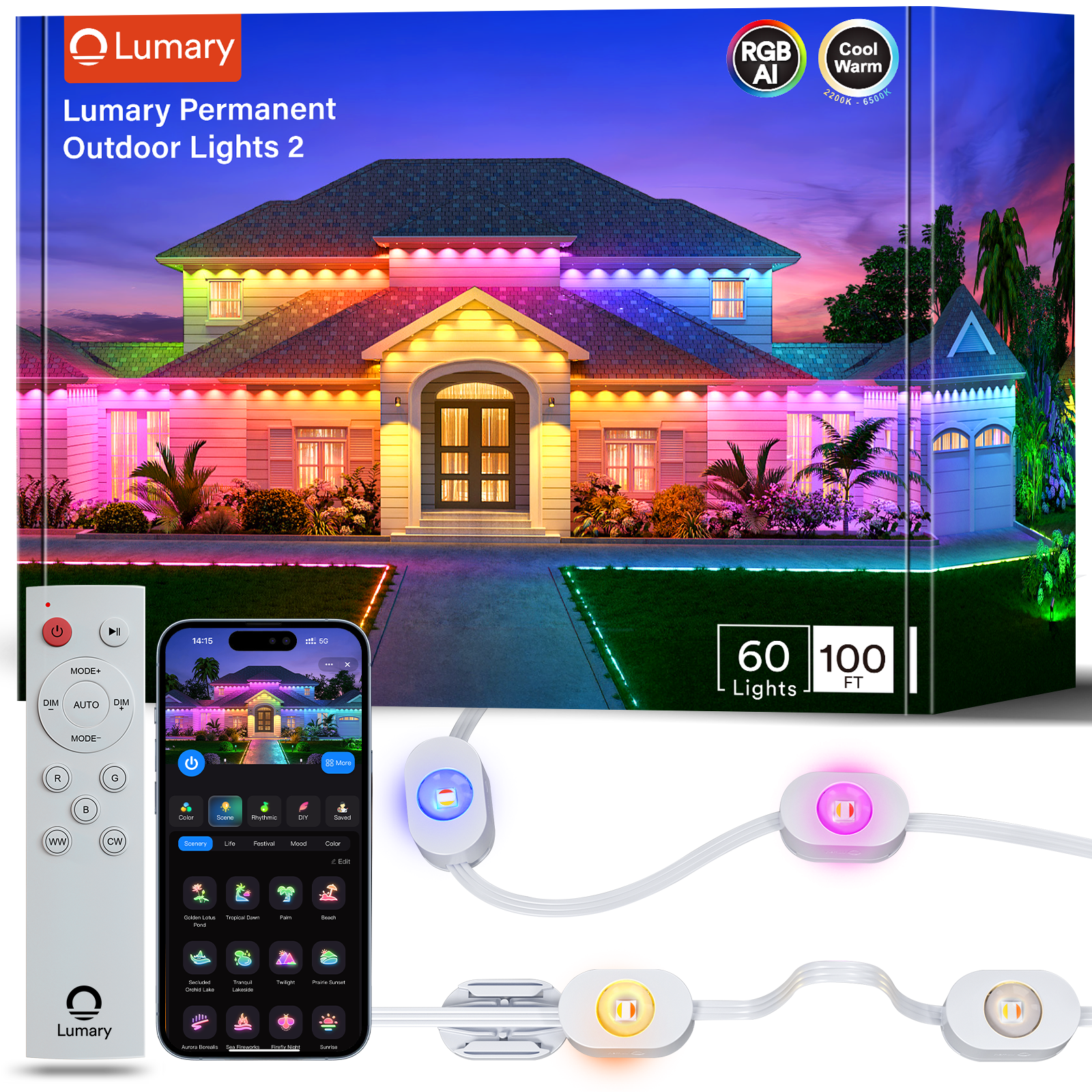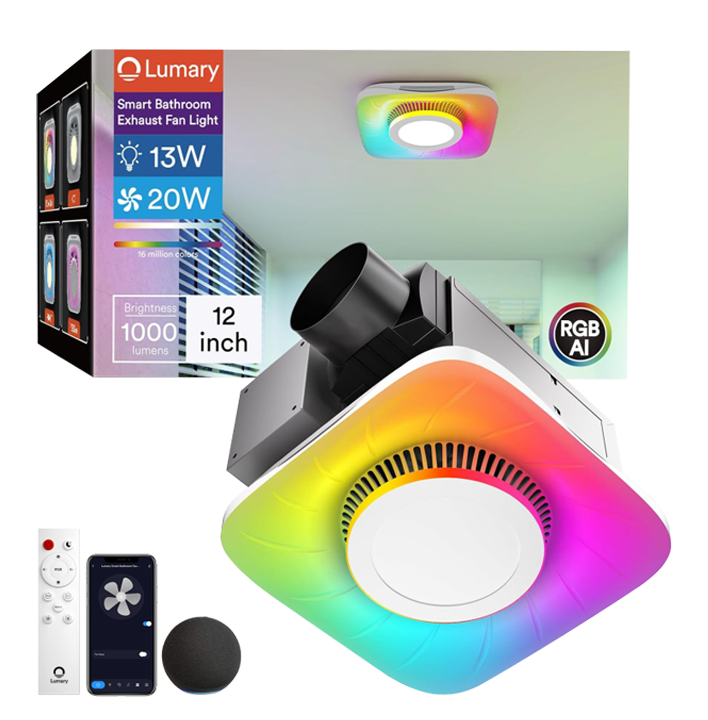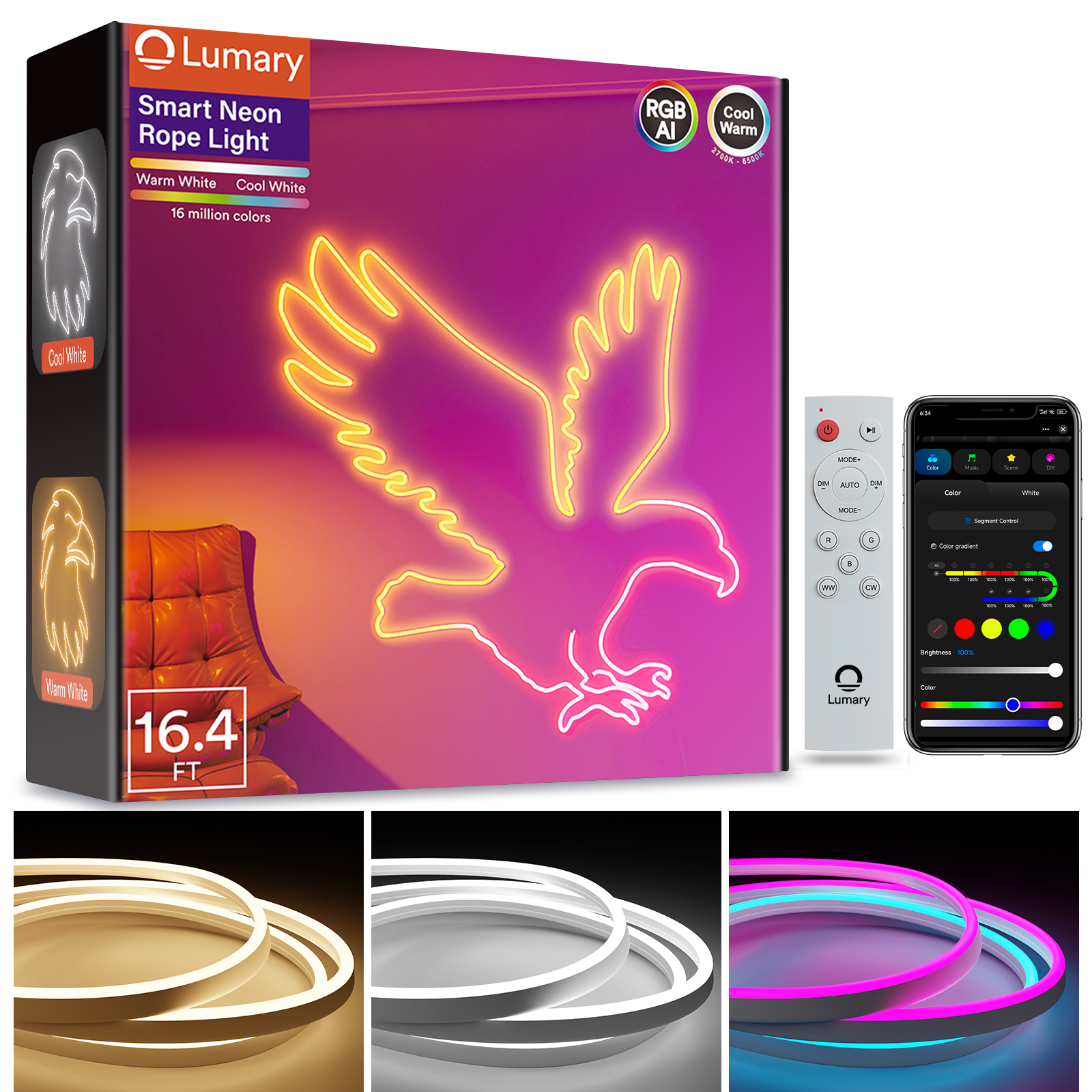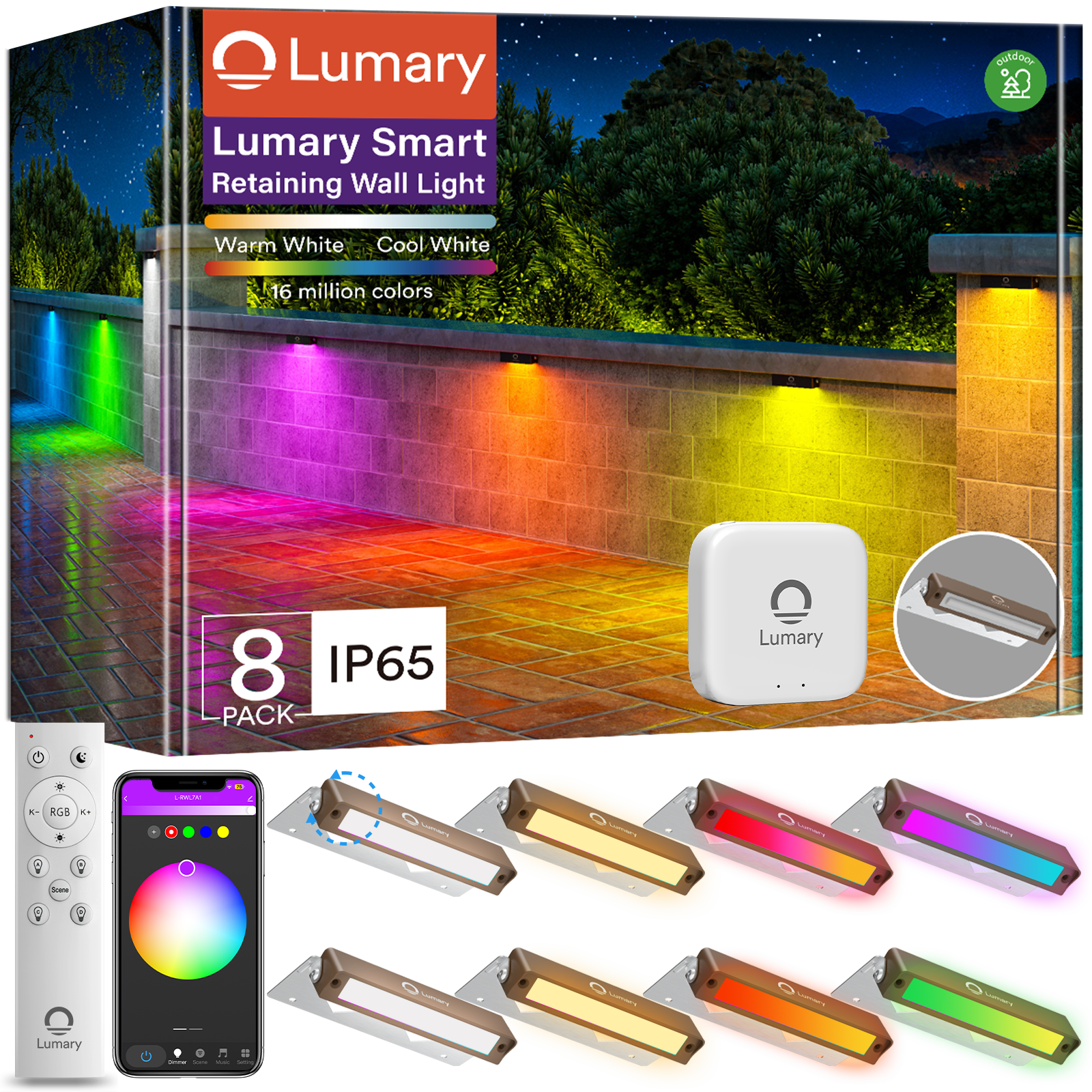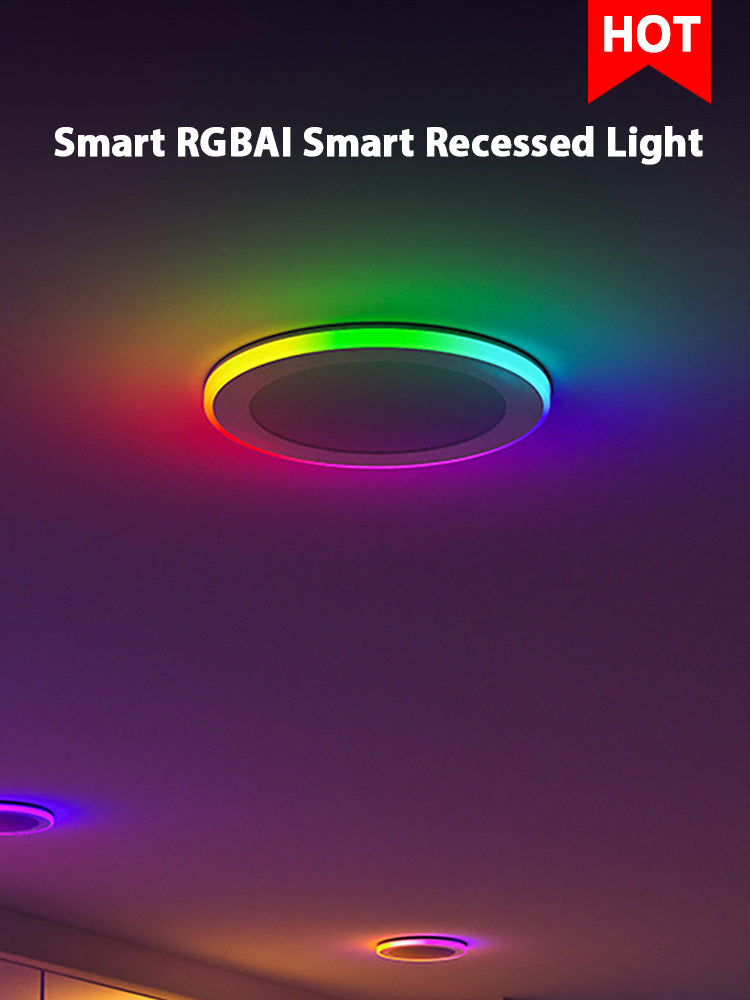If you want your garden to do well, choosing the right water timer is important. The right timer features can help you water just enough. This stops you from giving too much water and keeps plants healthy. Smart water timer systems use soil moisture sensors or weather controls. These can help you use up to 50% less water. Drip irrigation with a timer sends water straight to the roots. This can be up to 95% efficient with water. You will save water, pay less money, and have stronger plants.

Assess Your Garden
Before you pick a water timer, you need to look closely at your garden. Every garden is different. The size, shape, and what you grow all play a big part in how you set up your watering system. Let’s break it down step by step.
Size and Layout
Start by measuring your garden. A rough sketch helps a lot. Mark where you have trees, flower beds, and any hard surfaces. This way, you see which areas need more water and which need less. You can use a garden planner tool to map out your irrigation. Try these steps:
-
Sketch your garden and write down the measurements.
-
Mark the spots for trees, bushes, and beds.
-
Check your water meter size or ask your utility company.
-
Measure the pipe diameter with a string.
Tip: For small gardens, one supply line may be enough. Bigger gardens often need more lines and careful planning.
A good layout saves water and money. Here’s a quick look at how different upgrades can help:
|
Irrigation Upgrade Type |
Average Annual Water Savings |
|---|---|
|
Weather-based controllers with rain shut-off |
9 gallons per square foot per year |
|
Drip irrigation after turf removal (years 2-5) |
31 gal/ft²/yr |
|
Drip irrigation after turf removal (5th year) |
48 gal/ft²/yr |
|
High-efficiency nozzles |
1,243 gallons per unit per year |
|
High-efficiency nozzles with pressure regulation |
1,661 gal/unit/yr |
Plant Needs
Think about what you grow. Different plants have different watering needs. Some like lots of water, while others need just a little. You can use soil moisture sensors or check the soil by hand. Here’s a table to help you match plant types to their watering needs:
|
Plant Water Need Type |
Measurement/Method |
Outcome |
|---|---|---|
|
Soil moisture thresholds |
Tensiometers at 10 kPa and 25 kPa |
Better yield and water use efficiency |
|
Crop evapotranspiration rates (ETc) |
Thresholds at 0.75 and 1.0 |
Improved yield and water use |
|
Wireless soil moisture sensors |
Wireless Capacitive Soil Sensors (WCSS) |
More efficient watering |
|
Climatic data-based water requirement |
Crop water requirement estimations |
Precise watering, less waste |
When you match your timer to your garden’s size and your plants’ watering needs, you get healthier plants and save water. Studies show that smart watering can cut water use by up to 34% without hurting your garden’s health. So, take time to assess your space and what you grow before you buy a timer.

Key Water Timer Features
Scheduling Options
When you choose a water timer, check how it sets watering times. Some timers let you pick daily or weekly times. Others let you make special schedules for each area. This is good if you have flowers, vegetables, and shrubs. You can give each plant the right amount of water.
Digital timers are easy to use. They have screens and buttons that are simple to read. You can set the exact time to start and stop watering. Some timers let you skip days after rain or water on odd or even days. You can also run more than one cycle in a day. This helps you not give too much water and keeps plants healthy.
Did you know? Using real-time schedules with weather and soil data keeps soil moist. This helps plants grow better and saves water.
Here are some ways to make watering more accurate:
-
Use real-time schedules with soil and weather data.
-
Change watering if rain is coming soon.
-
Some timers use soil water balance to adjust each cycle.
-
You can water different zones at different rates.
|
Scheduling Option / Model |
Description |
Key Findings |
|---|---|---|
|
Soil water balance models (HYDRUS-1D) |
Simulate soil moisture for precise watering |
Higher accuracy and efficiency in irrigation |
|
Variable rate gross irrigation depths |
Adjust water by zone and soil type |
Up to 77% application efficiency, saving water |
If you want to save more water, pick a smart timer with ET-based scheduling. This checks the weather and soil, then changes your watering plan. Studies show this can use up to 50% less water than basic timers.
Smart Controls
Smart water timers make it easy to care for your garden. You can use your phone or tablet to control them. These timers connect to WiFi or Bluetooth. You can change your watering plan from anywhere. If you are busy or away, your plants still get water.
Smart timers often have these features:
-
Apps for easy setup and alerts.
-
They skip watering if rain is coming.
-
Work with smart home devices for voice control.
-
Use soil moisture sensors to adjust watering.
Research shows smart timers with sensors or ET controllers use 10% to 75% less water. Your plants get healthier and you pay less. Smart timers help you avoid giving too much water. Old timers do not change for weather, so they waste water.
Tip: Smart timers can send alerts if there is a leak or low battery. This helps you fix problems fast and keeps your system working.
Some smart timers have sunlight sensors, calendars, and manual modes. These features help you water only when needed. Many people say WiFi and weather-based timers save water and energy.
Durability
You want your timer to last through heat, rain, and cold. Durability is important if you leave it outside all year. Look for timers with waterproof cases and strong seals. Some have double cases to keep water away from the inside parts. This stops damage from wetness and temperature changes.
Easy setup is also important. Many smart timers come with clear guides and simple connectors. You can install them in minutes, even if you are new to timers. Hard polyurethane cables last longer in wet places. Soft cables can break down faster.
-
Waterproofing keeps your timer safe in storms.
-
Double cases stop water from getting inside.
-
Strong materials like PETG do not crack or grow mold.
-
Color-changing desiccants show if there is moisture inside.
Note: To check if a timer is tough, see if it was tested in wet or high-pressure places. This means it can handle hard garden conditions.
A strong smart timer saves you money over time. You do not need to buy a new one every year. You also spend less time fixing it. When you have a timer that is tough, smart, and easy to schedule, your garden will do well.
Irrigation Timer Types
Choosing the right irrigation timer can make watering your garden much easier. Each type works best for certain gardens and watering needs. Let’s look at the main types and see which one fits your setup.
Manual
Manual irrigation timers give you the most control. You turn them on and off by hand. These timers work well for small gardens or if you like to check your plants often. You can use them with simple hose setups or basic drip systems. If you have a small flower bed or a few pots, this type keeps things simple.
Tip: Manual irrigation timers help you avoid overwatering if you watch your plants closely. You can adjust the time based on the weather or plant needs.
You might not want this type for large gardens or if you travel often. Manual timers need you to remember to turn them on and off. If you forget, your plants might get too much or too little water.
Battery
Battery-powered irrigation timers give you more freedom. You set the schedule, and the timer does the rest. These timers work well for medium-sized gardens, raised beds, or lawns. You do not need to plug them in, so you can use them anywhere.
Most battery-powered irrigation timers let you set daily or weekly watering times. Some even have rain delay features. You can use them with drip systems, sprinklers, or soaker hoses. If you want a timer that is easy to install and move, this type is a good choice.
Note: Always check the battery level every few months. Fresh batteries keep your irrigation timer working without problems.
Smart
Smart water timer options bring technology to your garden. You control them with your phone or tablet. These timers connect to WiFi or Bluetooth. You can change your watering plan from anywhere, even if you are not home.
Smart water timer models use weather data and soil sensors. They adjust watering based on rain, sun, and soil moisture. This means your plants get just the right amount of water. You save water and money. Some smart water timer systems let you set up zones for different parts of your garden. You can water your lawn, flower beds, and vegetable patch at different times.
Here’s a quick look at how smart water timer features compare to traditional models:
|
Feature / Model |
Smart Controller (Pro Series) |
Hydrawise HC |
SmartLine |
|---|---|---|---|
|
Zone Control Capacity |
Up to 16 zones |
Up to 12 zones |
Up to 16 zones |
|
Weather Integration |
Advanced weather prediction |
Predictive watering |
Diagnostic tools |
|
Water Savings |
20-30% annually |
N/A |
N/A |
|
Payback Period |
1-2 irrigation seasons |
N/A |
N/A |
|
Mobile App Control |
Yes |
Usage reports |
N/A |
|
Leak and Fault Detection |
N/A |
Wire fault sensor |
N/A |
|
Installation |
DIY or professional |
Contractor-grade |
Professional |
|
Certification |
EPA WaterSense |
N/A |
Warranty |
Smart water timer technology helps you avoid waste. You get alerts if there is a leak or problem. You can also see how much water you use. If you want the most control and savings, a smart water timer is the best choice for most gardens.
High-Flow
High flow water timer models work best for big gardens or places with lots of thirsty plants. If you have fruit trees, large vegetable patches, or a big lawn, you need a timer that can handle more water at once. High flow water timer units support longer watering times and can run several zones at the same time.
High flow water timer designs often have more than one outlet. You can water different areas at once. They also let you set how long and how often each area gets water. Some high flow water timer models use batteries, electricity, or even solar power. This makes them flexible for many setups.
Matching the flow rate and water pressure of your high flow water timer to your irrigation system is important. If you use a timer that cannot keep up, your plants may not get enough water. High flow water timer units help you avoid pressure drops that can hurt your system’s efficiency.
Callout: High flow water timer options are perfect for drip irrigation in large gardens. They keep water moving to every plant, even when you have many zones.
You can use a high flow water timer with drip systems, sprinklers, or soaker hoses. If you want to water a big area without losing pressure, this type is the best fit.
Which Timer Fits Your Garden?
Here’s a quick guide to help you choose:
-
Small gardens or pots: Manual or battery-powered irrigation timers
-
Medium gardens or lawns: Battery-powered or smart water timer
-
Large gardens, fruit trees, or high-demand areas: High flow water timer
-
Drip irrigation systems: Look for high flow water timer or smart water timer with zone control
If you use drip irrigation, pick a timer made for it. Some electronic zone irrigation timers let you set different schedules for each area. This helps you give every plant the right amount of water.
Remember: Reliable brands offer many choices for every garden size and watering need. Look for timers with good reviews and easy setup.
Installation & Care
Compatibility
Before you install a water timer, you need to make sure it works with your current irrigation system. Not every timer fits every setup. Check your water pressure and flow rate first. Some timers need a certain pressure to work right. If your system uses drip irrigation, sprinklers, or soaker hoses, look for a timer that matches those needs.
A real-life case study in an olive orchard showed how a wireless sensor network worked with an existing drip irrigation system. The team added soil moisture sensors and valve controls. They could watch water flow, pressure, and even spot problems like clogs or low supply. The system let them change settings from far away and set up different watering times for each area. This study proves you can add smart timers and sensors to most traditional systems. You just need to check that the timer can handle your pipes, pressure, and watering zones.
Tip: Always read your timer’s manual. It will tell you what systems and water pressures work best.
Maintenance
Keeping your water timer in good shape helps your garden and saves you trouble. Most problems happen because people forget to check their timers. Regular maintenance stops breakdowns and keeps your timer working longer.
Here are some key reasons to keep up with maintenance:
-
Prevents most breakdowns before they start.
-
Keeps your timer running smoothly and your plants happy.
-
Lets you fix things when it’s easy, not when it’s urgent.
-
Helps you stay safe and ready for any checks or audits.
-
Makes sure your garden always looks its best.
You can use a notebook or a phone app to track when you last checked your timer. Many people use checklists to remember tasks like changing batteries, cleaning filters, or checking for leaks. Some timers even send alerts if something goes wrong. When you keep up with these small jobs, your timer lasts longer and your garden stays healthy.
Note: A little care now saves you time and money later. Regular checks mean fewer surprises and better results for your plants.
Watering Tips
Efficiency
You want your garden to look great and use less water. Start by checking your watering duration and frequency. Most gardens do well with drip irrigation for about 20 minutes, twice a day. Sprinkler systems often need 10–15 minutes, two or three times a week. Try to water early in the morning. This helps plants soak up water before the sun gets too hot.
Here are some simple ways to boost water conservation and keep your plants healthy:
-
Use mulch around your plants. Mulch keeps soil cool and holds in moisture.
-
Fix leaks in hoses or pipes right away.
-
Group plants with similar water needs together.
-
Check soil moisture before you water. If the soil feels damp, you can wait another day.
-
Use a rain sensor or soil moisture sensor to skip watering after rain.
Tip: Place a small cup in your garden while watering. If it fills up with about an inch of water, you know your plants got enough.
Seasonal Adjustments
Your garden needs change with the seasons. Adjust your watering schedule as the weather shifts. Here’s a quick guide:
-
Spring: Check your system for winter damage. Start with 2–3 short watering sessions each week. Watch soil moisture and plant growth.
-
Summer: Water 3–4 times a week. Use short sessions in the early morning. Hot days mean plants need more water, so check soil often.
-
Fall: Cut back to 1–2 times a week. Shorten run times by about 25–30% each month. Use rain sensors to skip watering after heavy rain.
-
Winter: Most plants need little extra water. Drain and protect your system from freezing.
You can use smart controllers or weather apps to help you adjust your schedule. Soil moisture sensors give you real-time feedback. Always look at your plants. If leaves wilt or turn yellow, you may need to change your plan.
Note: Review your watering plan at the start of each season. This keeps your garden healthy and saves water all year.
There are lots of ways to water your garden. First, look at your garden space and what your plants need. Choose timer features that match your garden. Customizable timers help you use less water and keep plants strong. Here are some benefits:
|
Benefit/Feature |
Description |
|---|---|
|
You can set times and how long to water each plant. |
|
|
Compatibility |
These timers work with drip, soaker, or hose systems. |
|
Multiple Zones Control |
You can water different spots without wasting water. |
|
Efficiency |
The soil stays moist and you save time. |
|
Flexibility |
Timers fit any garden size or shape. |
|
Advanced Features |
Smart timers use weather data and apps for control. |
Look at your garden and pick the features you need most. This makes watering simple and helps your plants grow well.

